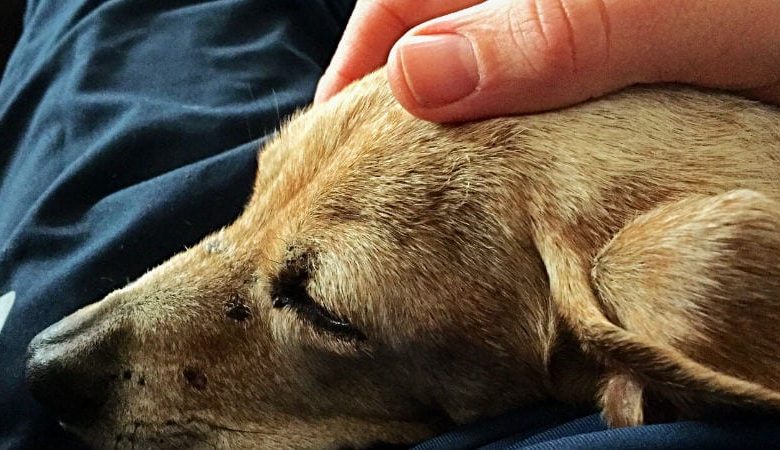How to Tell if Your Dog Is Sick and What to Do if They Are

The longer you have a dog, the more you get to know each other. While this is a delight most of the time, it can be essential when your dog isn’t feeling well. Like many animals, they try to disguise it when they’re sick to hide their vulnerability from predators.
Knowing your dog so well gives you an advantage when it comes to detecting the behaviors and quirks that give it away. Should a visit to the vet be necessary, it can be crucial to have dog insurance on your side. The vet bill for a sick dog can go into the thousands of dollars. If the news isn’t good, you don’t want your bank account to be the one making your dog’s care decisions.
If you’re not sure what to look for, we’re here to help. Check out our 10 signs your dog is sick and may need a visit to the vet.
- Changes in Personality
You know your dog better than anyone else, so pay attention if their behavior changes. Take note if they aren’t as active as usual or seem to be withdrawn. Watch out for unusual aggression, especially if you’re petting them. You may be too close to where they’re in pain. They may need a visit to the vet to investigate.
- Loss of Appetite
If you’re the one who fills their food bowl, you’ll know if you aren’t having to fill it as often as usual. Loss of appetite can be a symptom of several conditions. Offer them their favorite treats and see how they respond. If they’re still not eating after a day and you’re noticing other symptoms, they need help.
- Change in Water Intake
Similar to knowing your dog’s eating habits, you can monitor their drinking habits. If they’re drinking more water than usual, keep an eye on if they’re also urinating more than usual. It could be a sign of diabetes, kidney disease, or fever. It’s harder to guess what’s going on if they’re drinking less, try adding more water bowls around your place to see if that helps.
- Change in Urination
If you do start seeing changes in their urinating habits, try to get a sample for the vet. Watch out for your dog straining to urinate and blood in their urine, especially if they’re an older dog. A housebroken dog won’t start urinating around the house without good reason, so be especially attentive if you notice this.
- Diarrhea or Vomiting
Dogs get into all kinds of things, so an isolated incident of diarrhea or vomiting may not be a huge concern. All the same, keep an eye out. Hold off on the rich food and try small portions of cooked meat mixed with rice. If they’re showing improvement and diarrhea and vomiting have stopped, add in dry food. If it continues or you see other symptoms, it’s time to go to the vet.
- Sudden Weight Loss or Gain
Rapid weight fluctuation can be a symptom of an underlying health issue. It isn’t usually immediately noticeable but could be noteworthy especially if there’s been a change in their eating habits or other symptoms. Your vet can investigate further.
- Difficulty Moving
This can be a symptom of several kinds of issues. If your dog seems like they’re having trouble getting up, are limping, or are moving like they feel stiff, treat them with care. It could be arthritis or other joint problems such as hip dysplasia. A broken bone is also a possibility, especially if they seem like they’re in pain in a specific area. If some rest doesn’t help, your vet can.
- Breathing Issues
Breathing problems are never a good sign and should be watched closely. It could be something as mild as a cold or as severe as heart failure. Nasal discharge, wheezing, and coughing are all signs of respiratory problems. If there’s a bluish tint to their gums and tongue, they’re not getting enough air and need to see a vet without delay.
- Whitish Gums
Your dog’s gums should normally be moist with a pinkish color. If their gums are pale, and especially if there are other symptoms such as weakness or breathing trouble, consider it an emergency.
- Eye Problems
There are multiple possible causes for your dog having eye trouble. Symptoms include squinting, holding an eye closed, red or weeping eyes, and pawing at their eyes. Infection, ulceration, or even glaucoma could be the culprit. Pawing at their eyes is particularly concerning because they could cause more harm. They could need a visit to the vet and may need to wear a cone of shame afterward.
Nobody likes to see their best friend in pain. You know your dog best, so use your special relationship to tune into how they’re behaving, and see your vet if in doubt.








